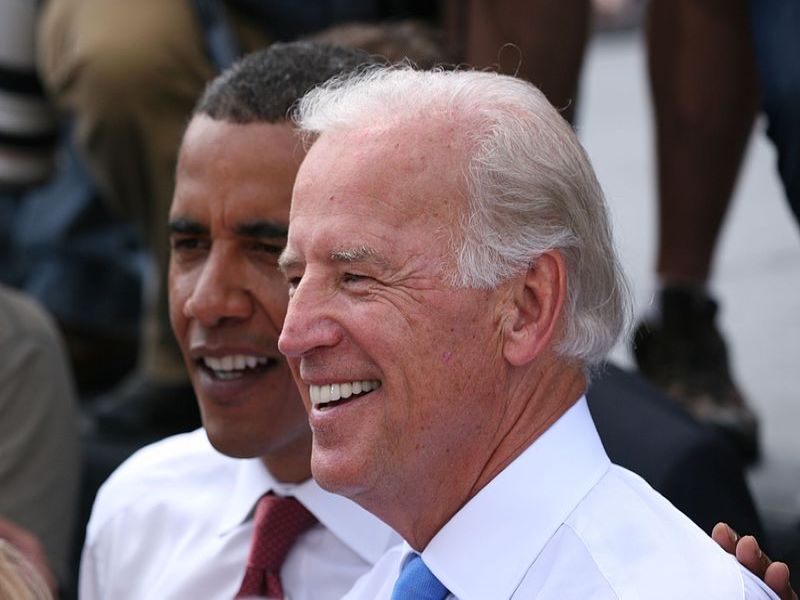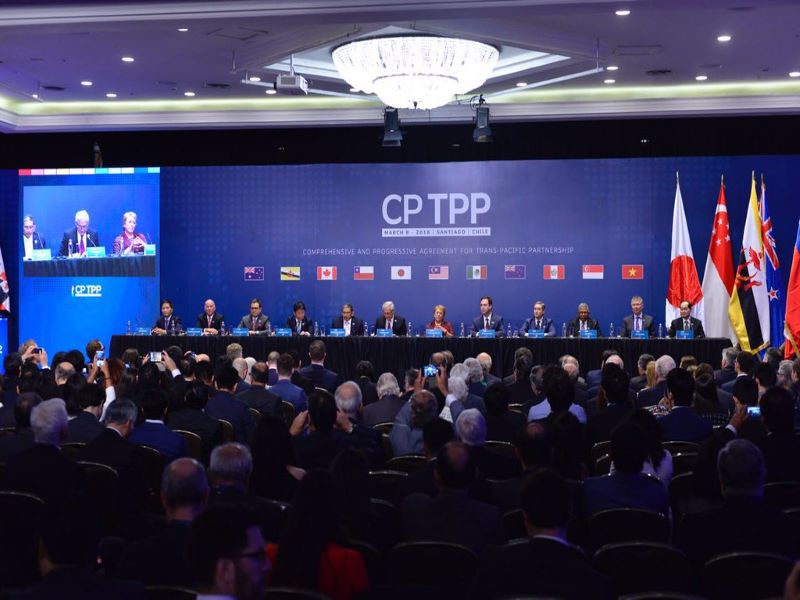A Biden presidency arrives in an international environment burdened by the COVID-19 pandemic. Returning to multilateralism, the U.S will involve itself in various trade negotiations seeking to revise and develop new opportunities for economic growth. Speculation about a Biden foreign policy has relied on what policies he supported as Vice President under the Obama Administration. The strategic pivot towards the Pacific was a hallmark for this administration and given his support for the Trans-Pacific Partnership (TPP) as Vice President, many expect Biden to re-negotiate the terms of U.S participation in what is now the Comprehensive and Progressive Transpacific Partnership (CPTPP). However, Biden will receive resistance from within Congress and reluctance by some member states in the Pacific, whose faith in American engagement in the region has diminished.
The U.S withdrawal from the TPP in 2017 spurred the development of the agreement into the CPTPP. Exceeding expectations, the CPTPP is the product of a joint agreement between fifteen countries in the Pacific that together constitute 13.5% of the global GDP. The CPTPP also symbolizes the joint movement by middle powers in the Pacific away from their reliance on the U.S market. Under these conditions, a return to the agreement would be on their terms. Although many member countries would enjoy access to the U.S market, the creation of the CPTPP in the absence of the U.S demonstrates that it is no longer needed in the region. Current members of the CPTPP have also developed their awareness of the growing discontent in the U.S against international free trade agreements and its reflection in Congress on both sides of the political aisle.
While a Biden Presidency represents a return to U.S international diplomacy, this does not mean the administration will, or can, participate in multilateral trade agreements unencumbered. Today, the negative attitudes towards multilateral free trade agreements have only increased and have worsened alongside the COVID-19 pandemic. Recognizing its contentiousness, Biden declared during his presidential run that he would explore opportunities for re-entry into the TPP, but would not enter new free trade agreements until settling domestic labour force challenges. However, in the global context where countries are working multilaterally in response to the pandemic, Biden cannot afford to continue with his predecessor’s affinity for bilateral trade agreements with no intention of signing larger multilateral deals. Exploring re-entry will need to balance its appeal to both international partners in the Pacific, and U.S lawmakers.
Attempting re-entry into the CPTPP now would require a redetermination of its significance vis-a-vis Biden’s long-term objectives to make the agreement more appealing to Congress. Former justifications for joining the agreement are no longer viable while proposed environmental and labour benefits will repeatedly fail to resonate with others. Although recent surveys have demonstrated a fluctuating acceptance of free trade agreements in the U.S, rallying Congress to support the re-entry into a multilateral agreement that involves either China or Vietnam will be challenging. Another method of promoting the agreement aside from the quality of the deal itself is in its strategic importance.
However, leveraging the U.S strategic competition with China will not be enough, as great power competition with China can be conducted in other regions. Europe for example may be a more promising region for the U.S to exercise its China strategy. Many countries in Europe are aware of China’s presence in the region through its financing of major critical infrastructure projects. In response, many NATO alliance members have increased their defence spending commitments and have formally recognized China as a security risk, which served as a major talking point for the NATO Foreign Ministers meeting in December 2020. Paired with the short-term gains acquired by the restructuring of U.S tariffs, the EU is a promising region for exploring greater multilateralism. However, although engagement in security alliances like NATO should be part of a Biden foreign policy against China, it will not be enough. The future of international trade relations is in the Asia Pacific, and subsequently, so too will emerging security risks to the U.S economy.
U.S engagement in the Pacific will occur only after the signing of the Regional Comprehensive Economic Partnership (RCEP). The RCEP is made of 15 countries in the Pacific region, in a list that includes China and long-time collaborators in the region such as Japan, Australia, New Zealand, and South Korea. Representing the world’s largest trading bloc, each member has a different approach to managing their diplomatic relations with China. These countries and others have demonstrated a willingness to foster greater economic cooperation with China, balanced with their defence commitments with the U.S in forums such as the Quadrilateral Security Dialogue, Five Eyes, and ANZUS. By comparison, ASEAN perspectives of U.S participation in the CPTPP, and China, rely on the realpolitik among middle powers and developing countries in the Pacific. These countries are aware that with the addition of the U.S market economy, the CPTPP would rival the size of the RCEP, endowing opportunities made possible through their membership in two of the largest free trade agreements in the world.
In her report, Wendy Cutler of the Asia Policy Society Institute explains that renegotiation and accession of the CPTPP are unlikely because of a heightened sense of mistrust from the Pacific of both Congress and the Presidency. In response, the report recommends the use of interim sectoral deals in the region to increase U.S credibility to CPTPP member countries. Regardless of which method the U.S pursues, it remains probable that it will play a passive role in the region, being careful not to aggravate countries committed to stronger economic relations with China, the largest trading partner in the region.
The Biden administration will need to convince Congress and the American electorate that the agreement, and broadly, the region, is necessary for its economic recovery plan and long-term goals. Appealing to the Americans will also need support from partners in the Pacific, demonstrating enough flexibility and willingness both before and throughout the negotiation process. Balancing both the U.S domestic and international pull factors that draw it into the agreement will be an ongoing challenge for Biden. But the greatest challenge may be convincing countries in the Pacific that U.S participation in multilateral free trade agreements is a necessity and not a luxury.
Featured Image: “File: Biden Obama.jpg” by Daniel Schwen via CreativeCommonsSearch. Licensed under CC BY-SA 4.0
Disclaimer: Any views or opinions expressed in articles are solely those of the authors and do not necessarily represent the views of the NATO Association of Canada.




